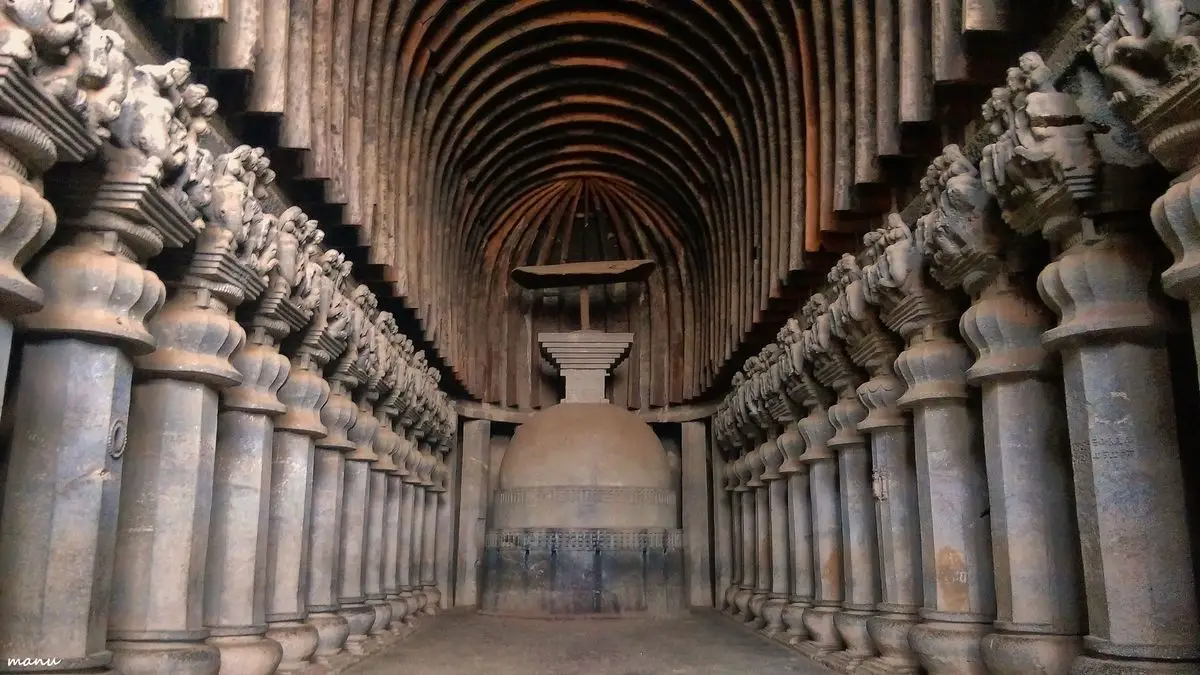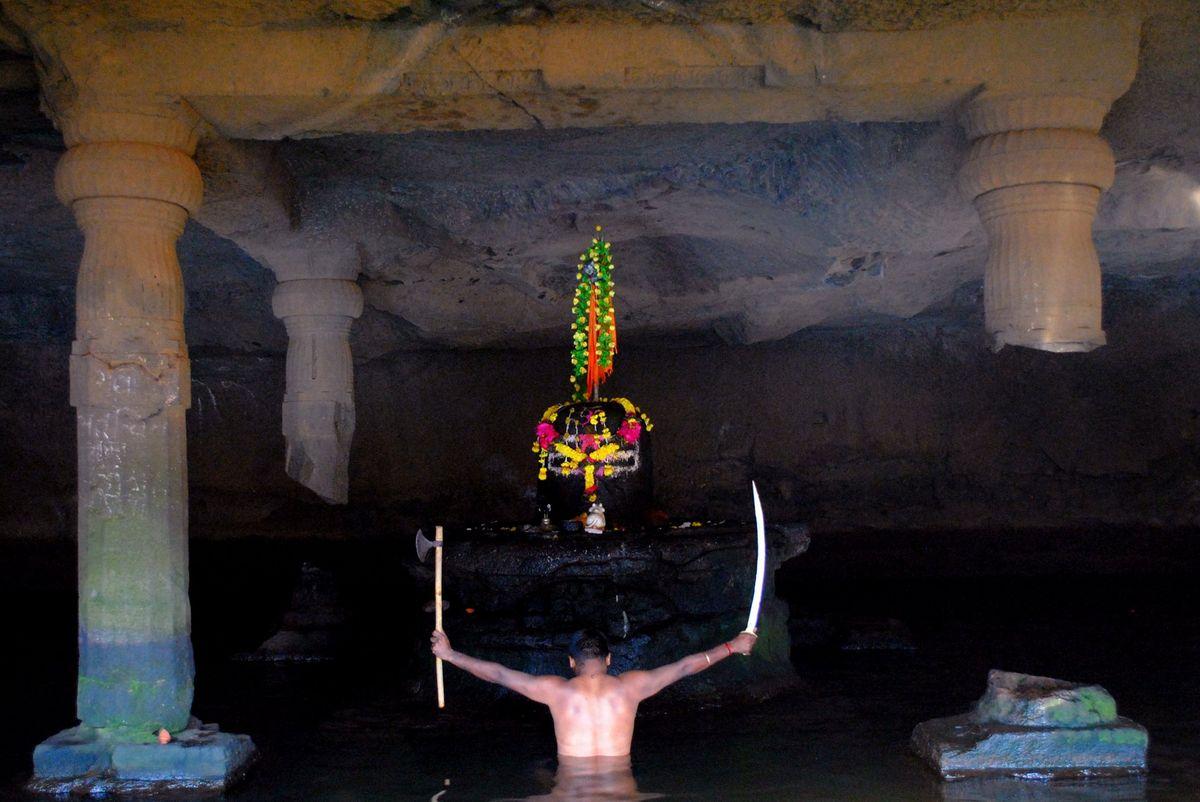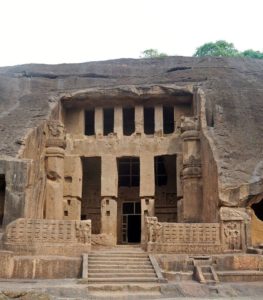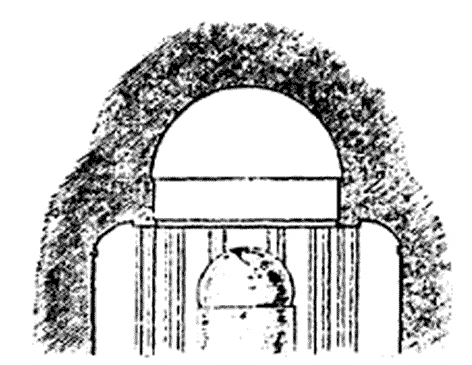Wondermondo 🢖 World 🢖 Wonders of Asia 🢖 Wonders of India 🢖 Wonders of Maharashtra
Territory
Wonders of Maharashtra
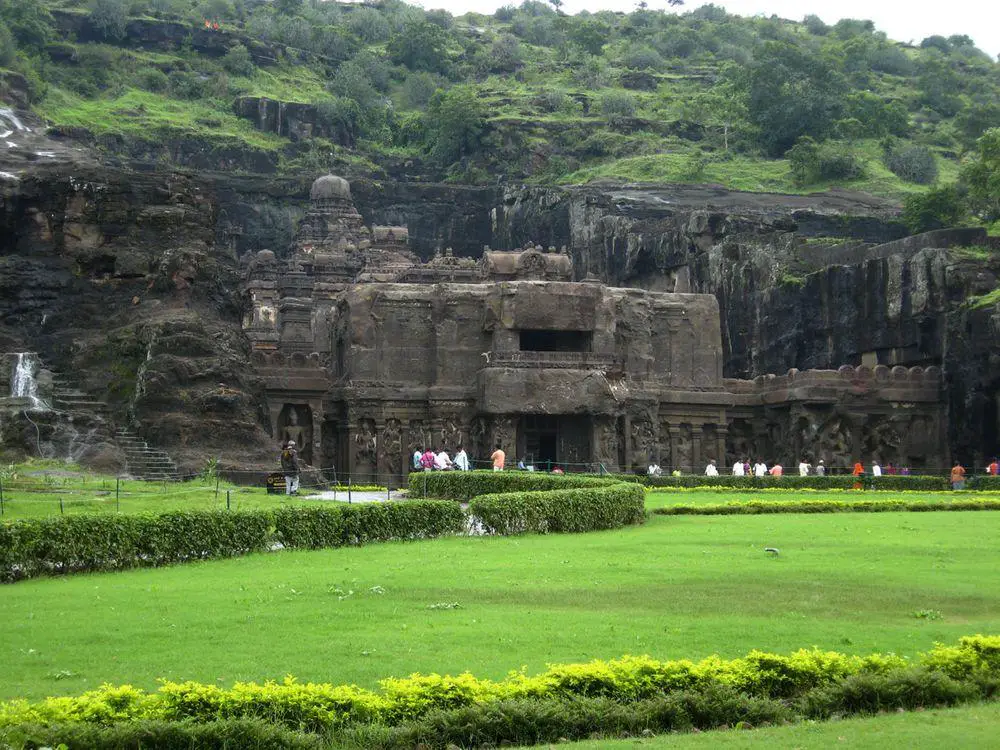
 Highlights
Highlights
Maharashtra is a truly splendid state. It has everything – enormous metropolises and countless waterfalls in mountains, urban decay and architectural splendor, remnants of millennia-old Harappan towns and modern, very expensive architecture.
Highlights of Maharashtra are:
- Rock-cut temples. Some of them belong to the highest achievements of mankind – the rock-cut Ellora Caves and Ajanta Caves. Wealth of rock-cut architecture here is incredible!
- Forts. Warfare between ancient and medieval Indian states and talent of military engineers has led to construction of hundreds of forts. Here are found some of most impressive fortifications in the world, including the amazing island fortresses (e.g. Sidhudurg) and fortifications in the flat-topped mountain peaks (e.g. Raigad Fort, Lohagad Fort).
- Colonial architecture in Mumbai. In this giant metropolis are found several truly amazing examples of the late 19th – early 20th century architecture, uniting European and local trends – such as Chhatrapati Shivaji Terminus, Brihanmumbai Municipal Corporation building and many other buildings.
Map with the described wonders
If you see this after your page is loaded completely, leafletJS files are missing.
 Top 25 wonders of Maharashtra
Top 25 wonders of Maharashtra
Geological wonders
Lonar crater
A meteorite crater filled with a saltwater lake. The bolide hit the basaltic rock approximately 570,000 years ago. The diameter of the crater is 1.8 km, with a 1.2 km wide lake in it, depth of the crater is around 150 m. Lonar Lake contains rare and unusual microorganisms.
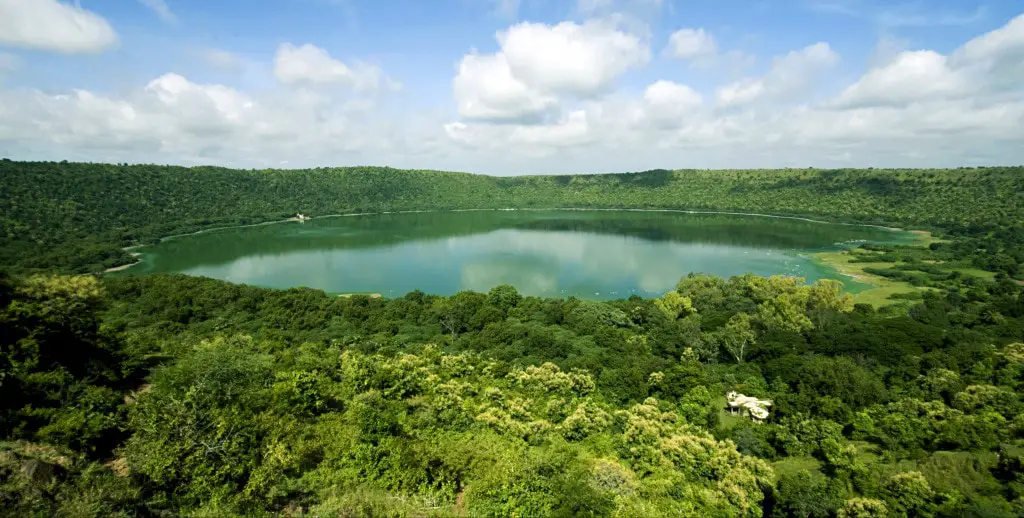
Konkan Kada
More than 900 m tall cliff. A beloved place for hiking, there can be observed vertical movements of clouds and other phenomena.
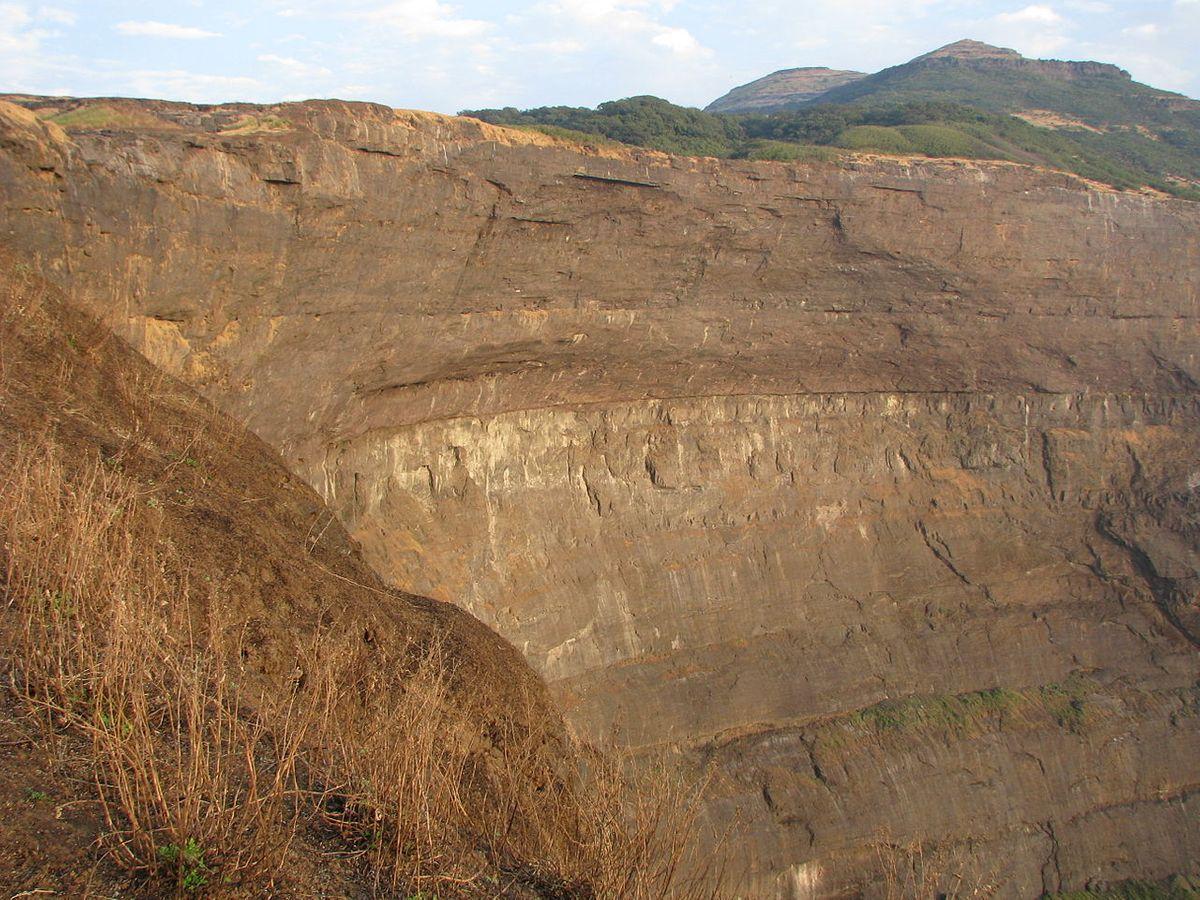
Biological wonders
Kaas plateau
This plateau has an area of 1,000 ha area and is covered with millions of wildflowers from August to September. More than 850 species of plants grow here, some are endemic – met only here.
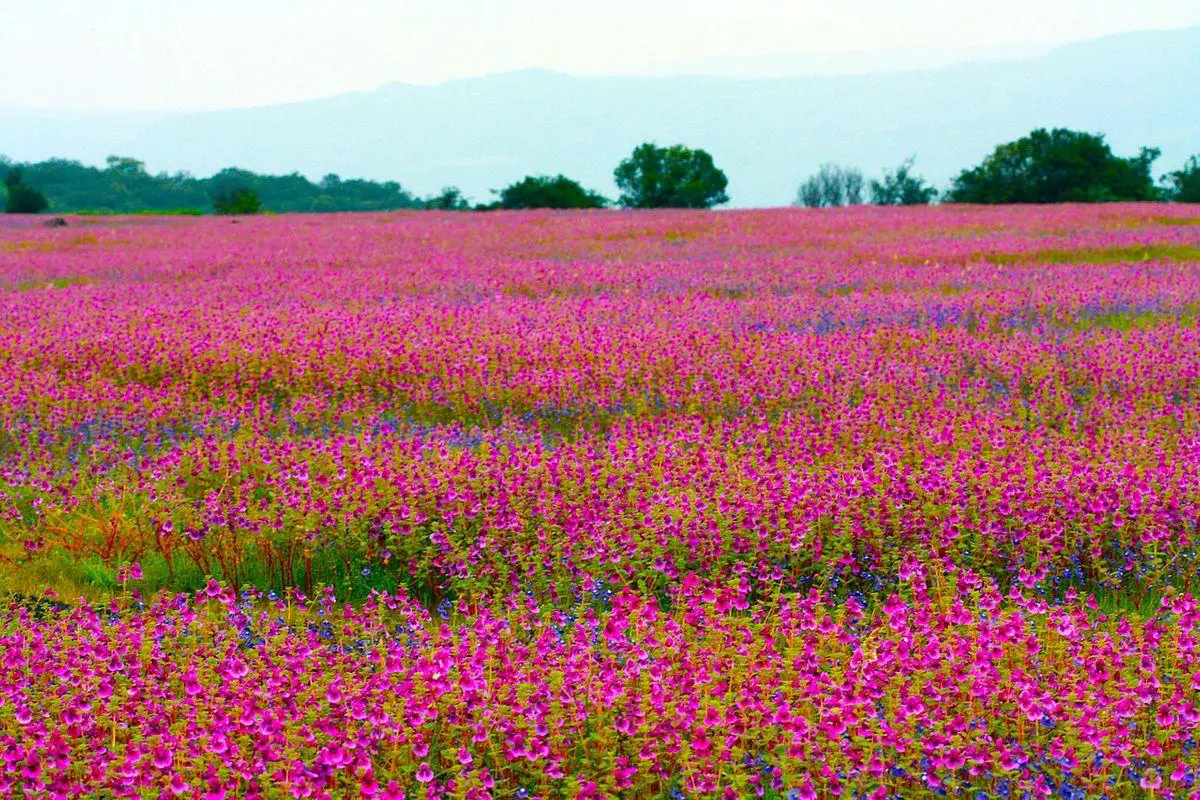
Architecture wonders
Ellora Caves, Kailasanatha Temple
One of the highest achievements not only in Hindu architecture but in ancient structural engineering of the world. A group of 34 rock-cut temples, including the glorious Kailasanatha Temple, are cut out from a whole rock. Built around 550 – 1000 AD.

Ajanta Caves
One of the most beautiful rock-cut temple complexes in the world. It was developed in the 2nd century BC – 480 AD. In total there are 28 – 30 rock-cut structures, containing murals and sculptures of high importance to the culture of mankind.
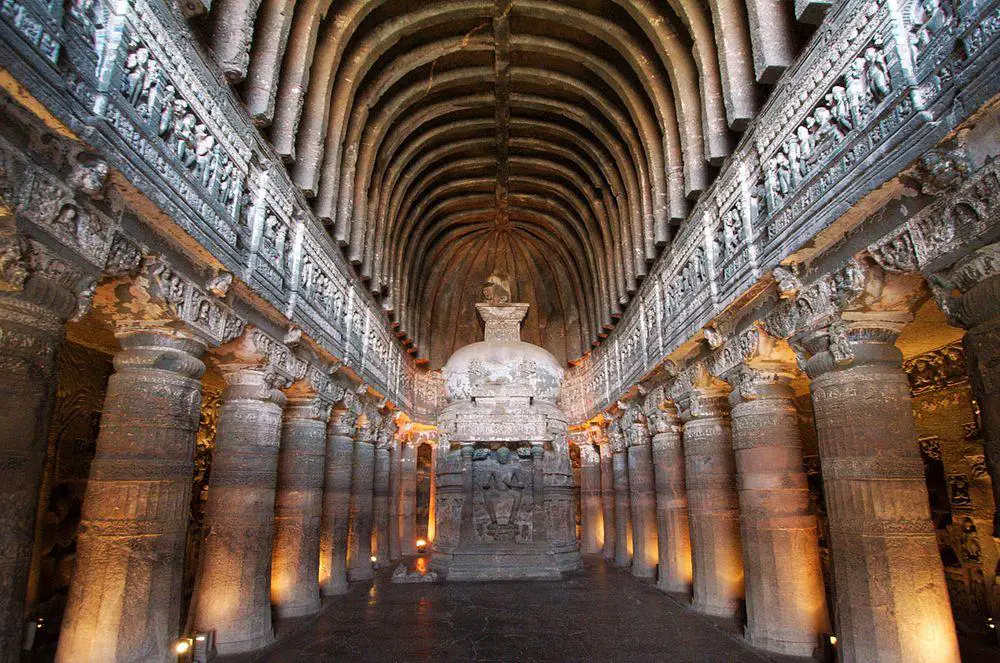
Elephanta Caves
Group of beautiful, five Hindu and two Buddhist rock-cut temples, built around the 5th – 8th century AD. Great Cave includes the famous sculpture of Trimurthi.
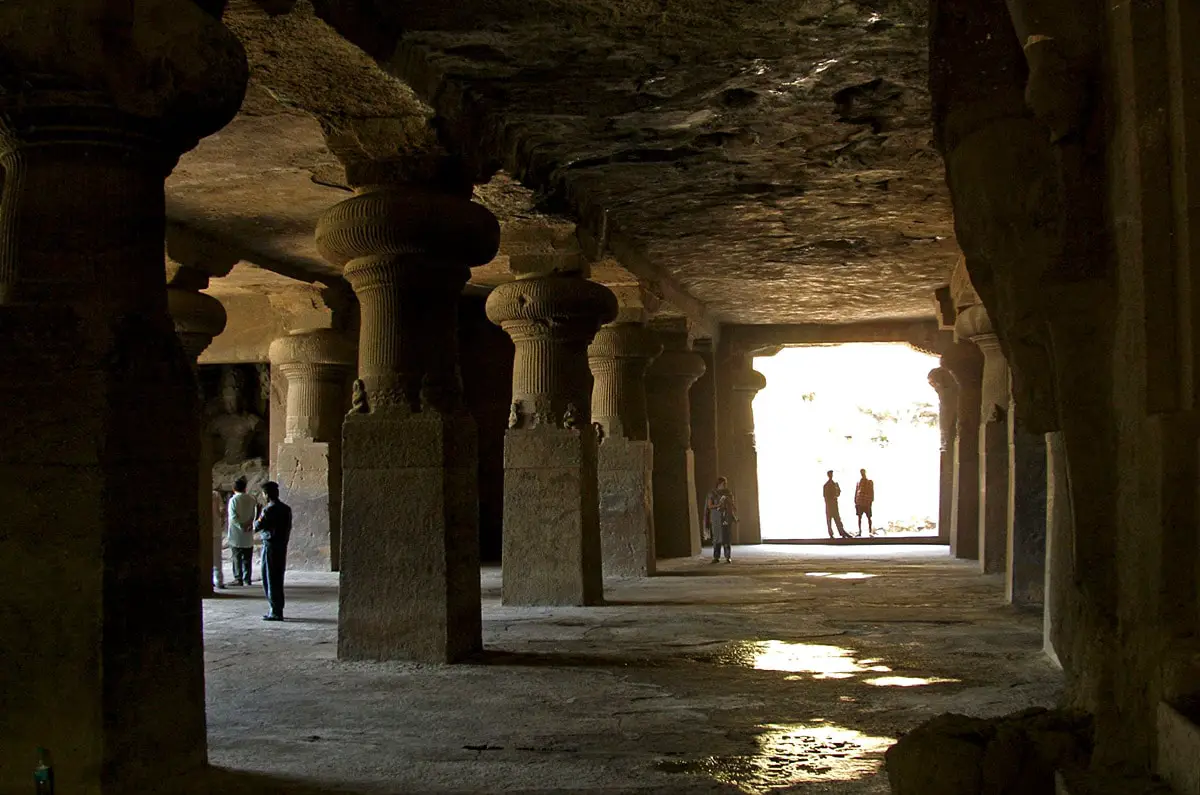
Sindhudurg Fort
An amazing fortress that was built along a complex perimeter of an island in the Arabian Sea. Fort was built in the 17th century, with 42 bastions. Interesting Neolithic petroglyphs.
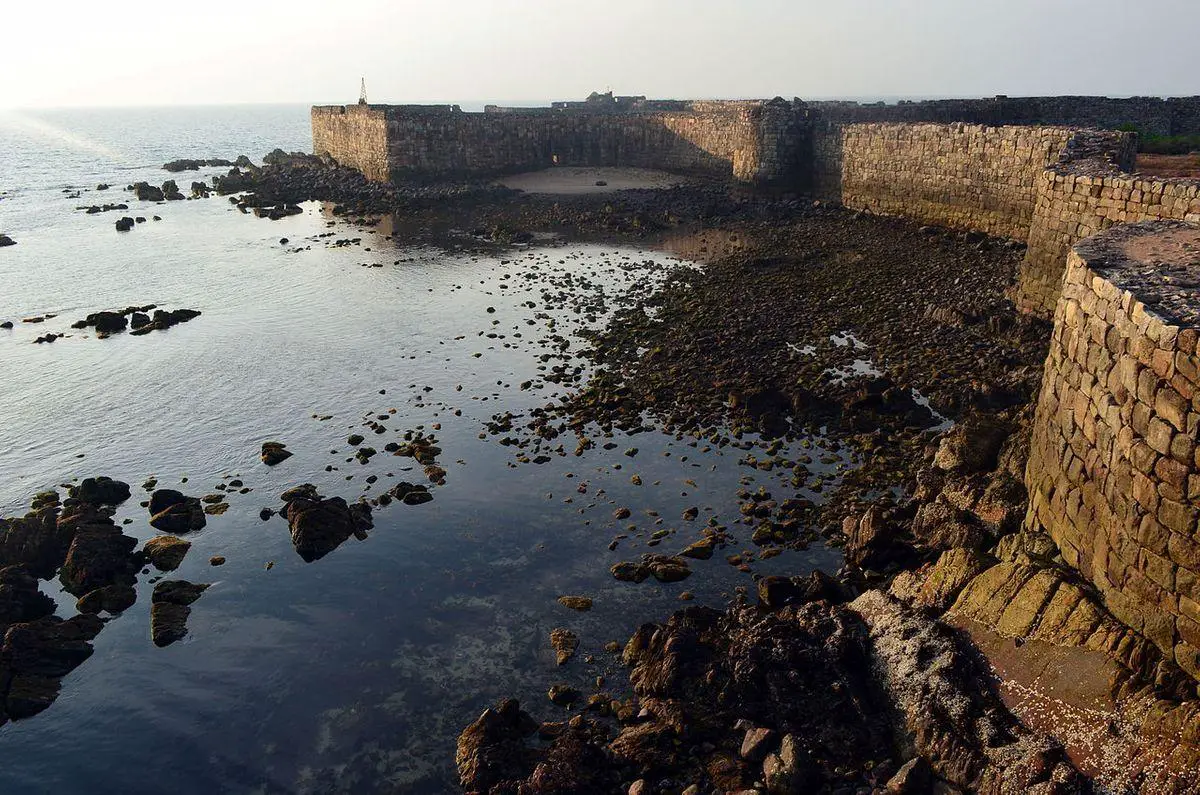
Daulatabad Fort
One of the best-fortified forts – a conical, 200 m tall hill. Lower slopes of the hill have been cut away, leaving 50 m tall, nearly vertical walls around the whole hill. Contains rock-cut Buddhist cave temples.
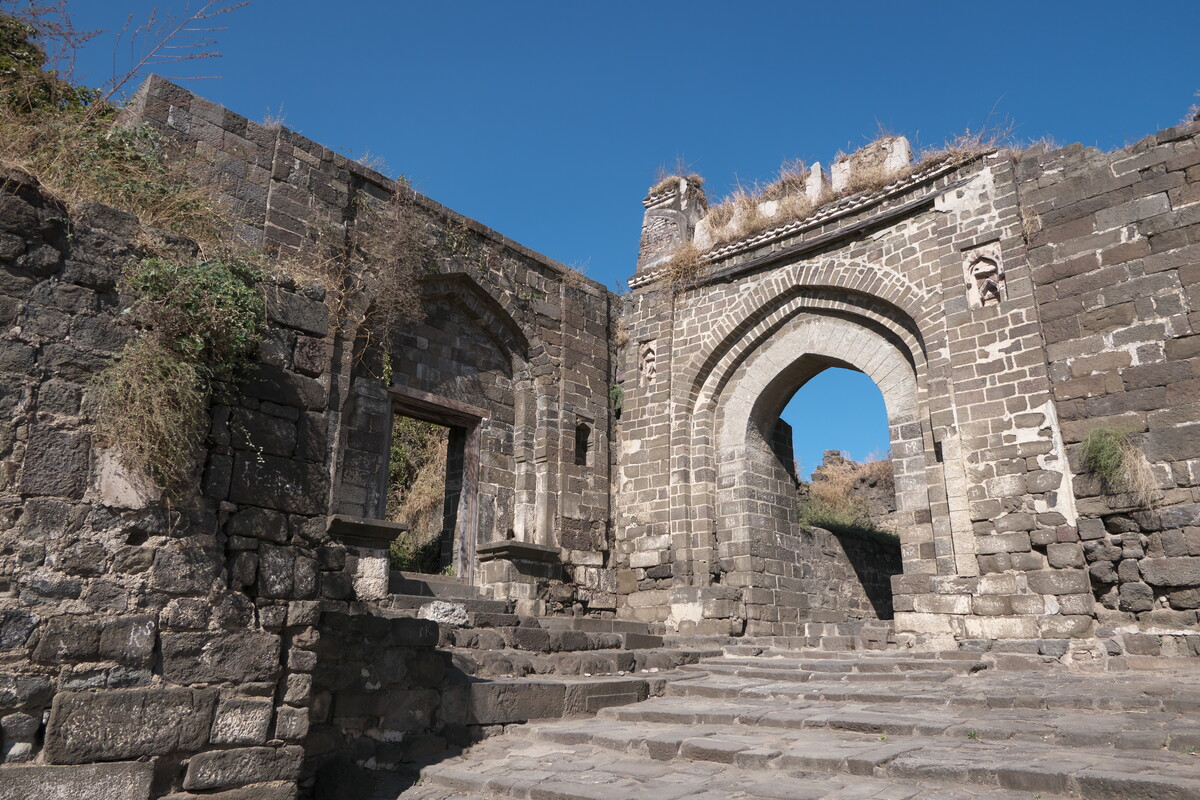
Mangi Tungi
Very impressive cliffs with two peaks, with numerous historical and art values. Contain forts and numerous Jain temples.
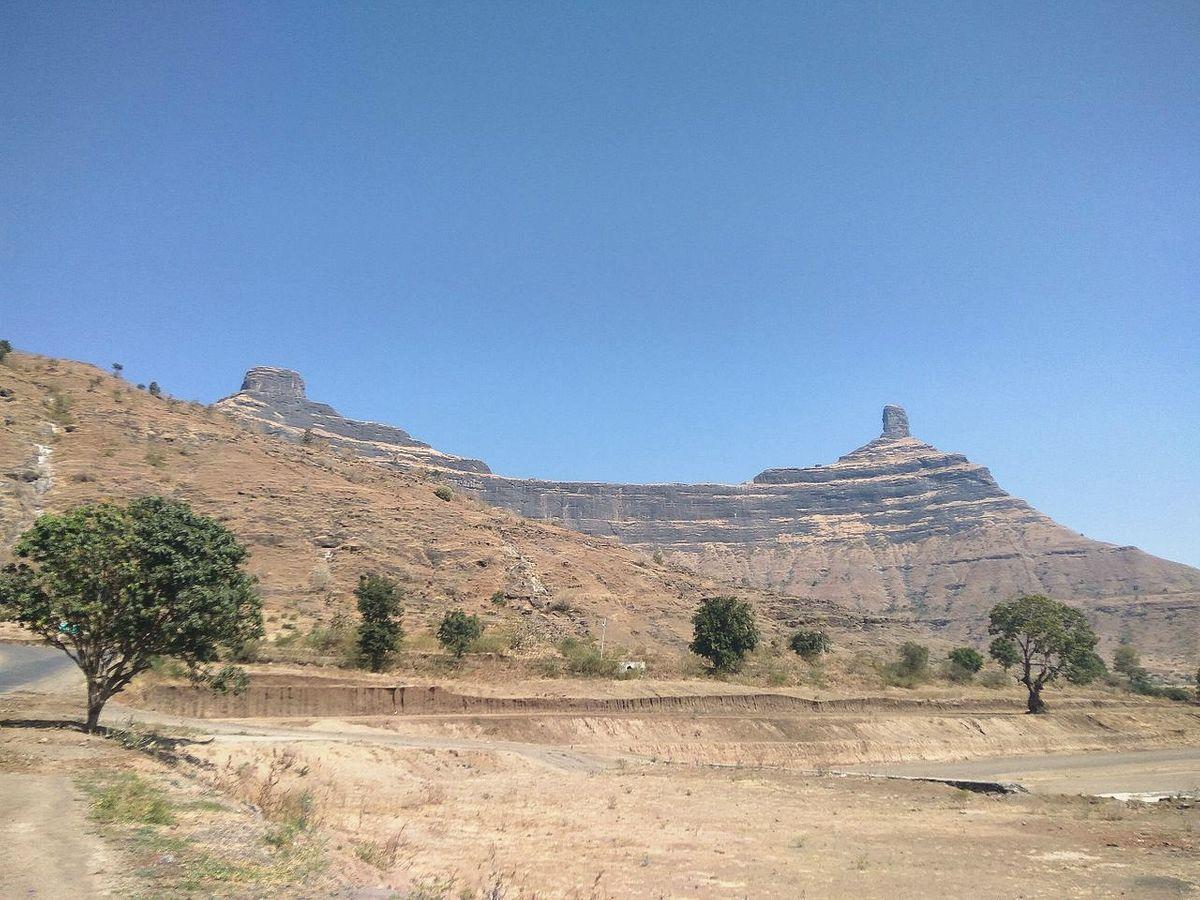
Karla Caves
This beautiful rock-cut temple complex includes the most beautiful prayer hall – chaitya – of Indian cave temples. Developed in 120 BC – the 10th century AD.
Bhaja Caves
One of the oldest Buddhist rock-cut structures in the world. 22 caves, created approximately in the 2nd century BC. Beautiful stone-carved facades, and other values of art and history.
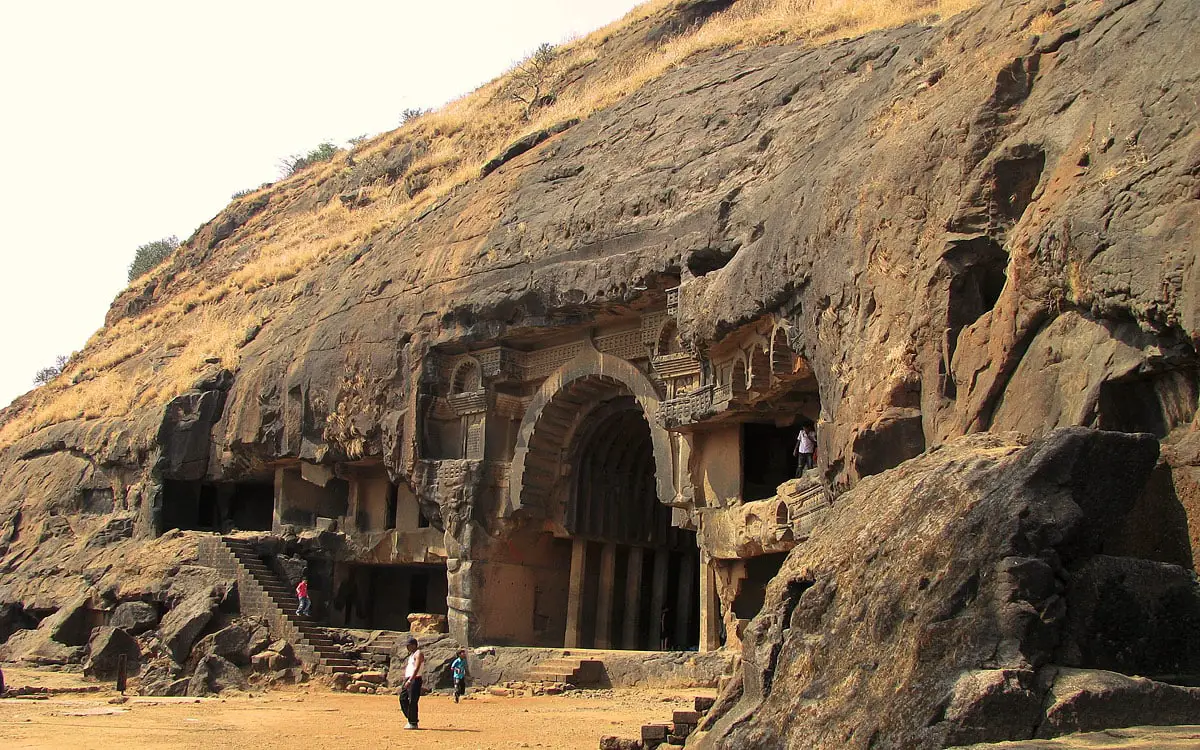
Lohagad Fort
Amazing hill fortress, with a part of it built on a narrow cliff summit. The impressive access to the fortress is called Vinchukata. Developed since the Middle Ages.
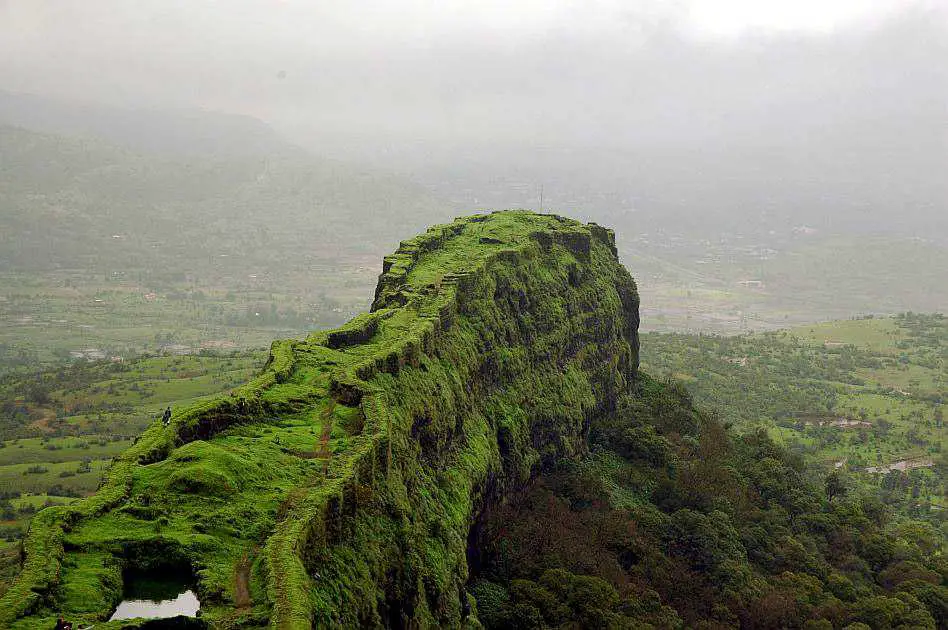
Bibi Ka Maqbara
Gorgeous burial monument, constructed in the late 17th century as a tribute to Rabia Durrani, wife of the Mughal Emperor. Intended as a rival to the Taj Mahal, but built on a smaller scale.
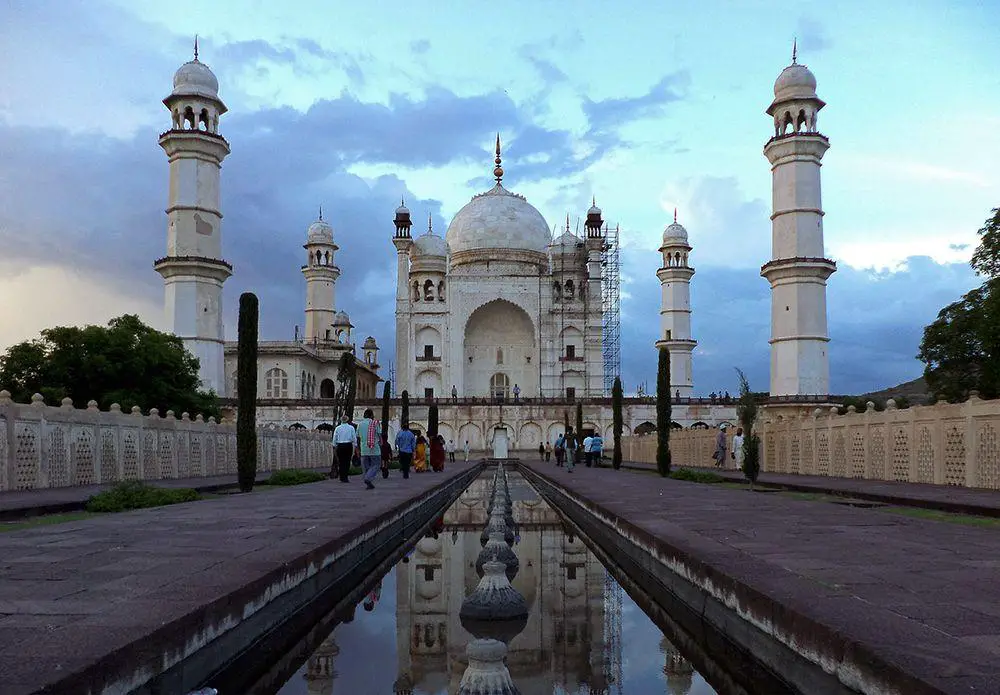
Suvarnadurg Fort
Island fortress at the coast of the Arabian Sea. There is another fortress on the mainland and both parts of the fortress in the past were united with a submarine tunnel that was approximately 600 m long. Constructed in the 15th – 17th century AD.
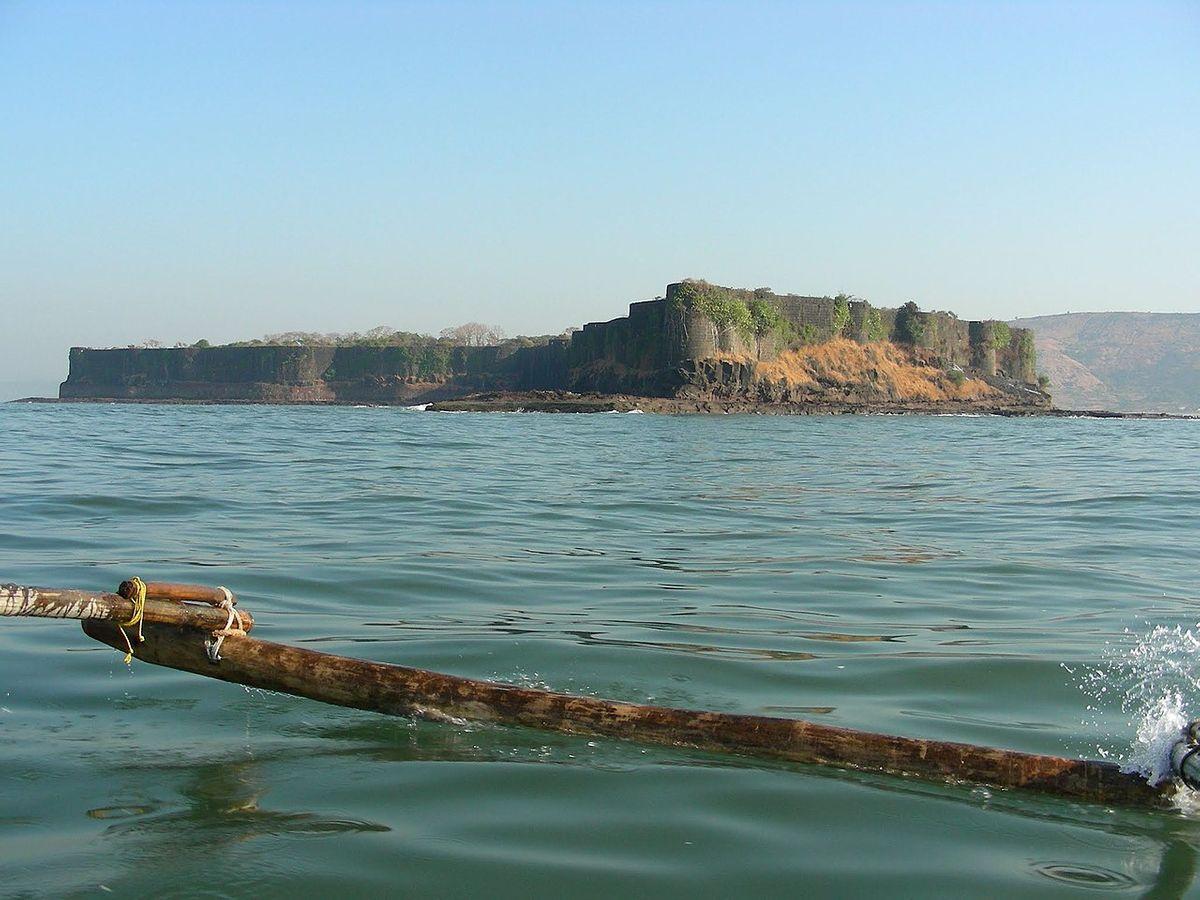
Chhatrapati Shivaji Maharaj Vastu Sangrahalaya (Prince of Wales Museum)
The main museum in this part of India with very rich collections telling about the history and nature of India. Located in a gorgeous Indo-Saracenic building that was constructed in 1915.
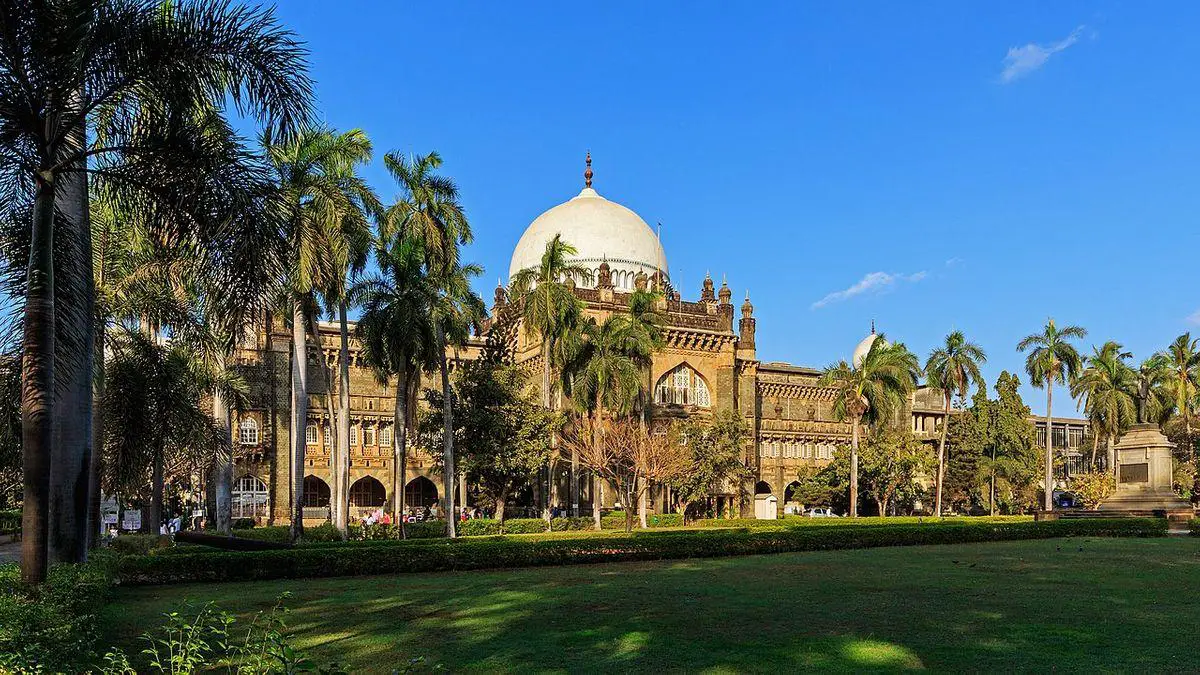
Murud-Janjira Fort
A very impressive marine fort on an island with 19 intact bastions. originally built in the 15th century, and fortified afterward.
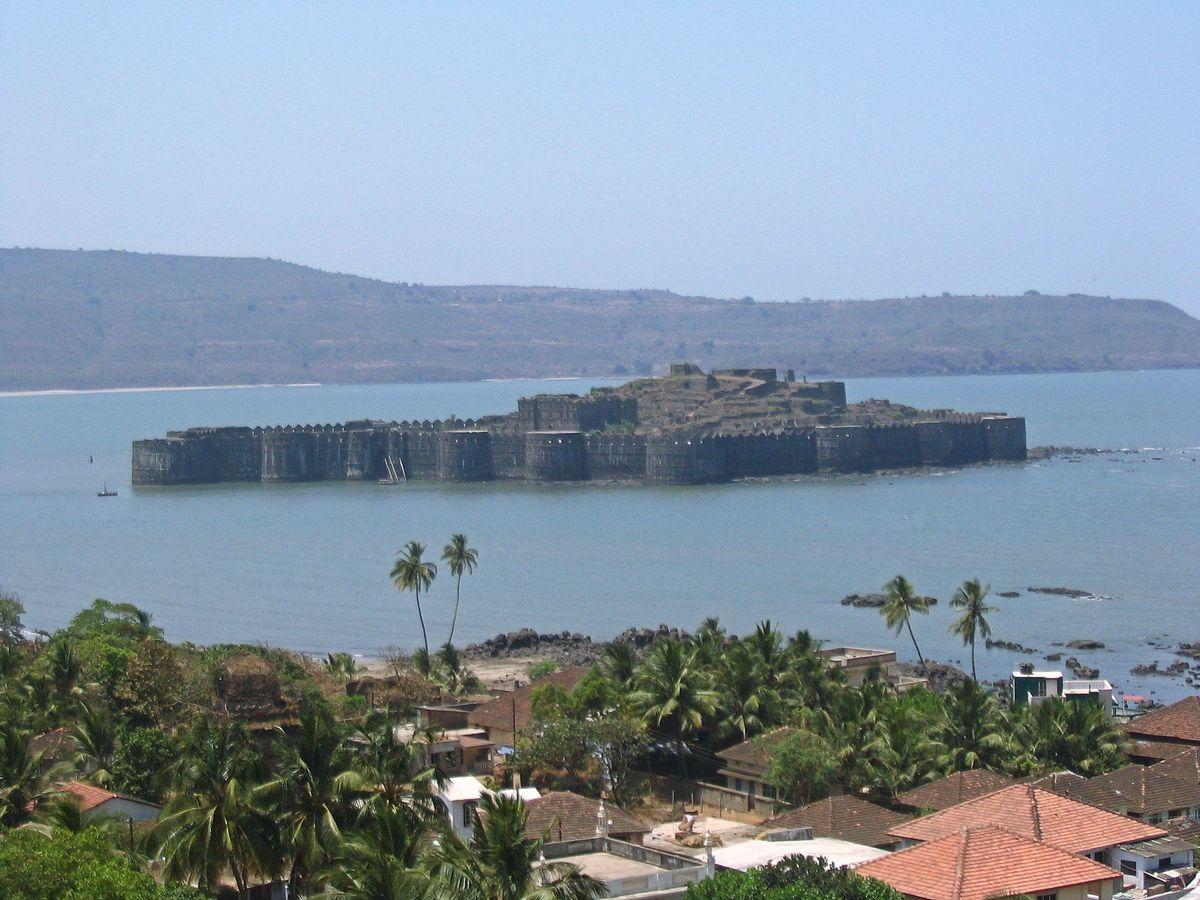
Bahrot Caves
The only Zoroastrian cave temple in India. It was established in 1351 AD when Parsi were hiding here from Muslim invasion. The holy fire still is burning here.
Jejuri Khandoba temple
Beautiful Hindu temple on the hill that is reached after almost 200 steps. The main temple of Khandoba – a local deity in Maharashtra, initially for the Dhangar caste (herders).
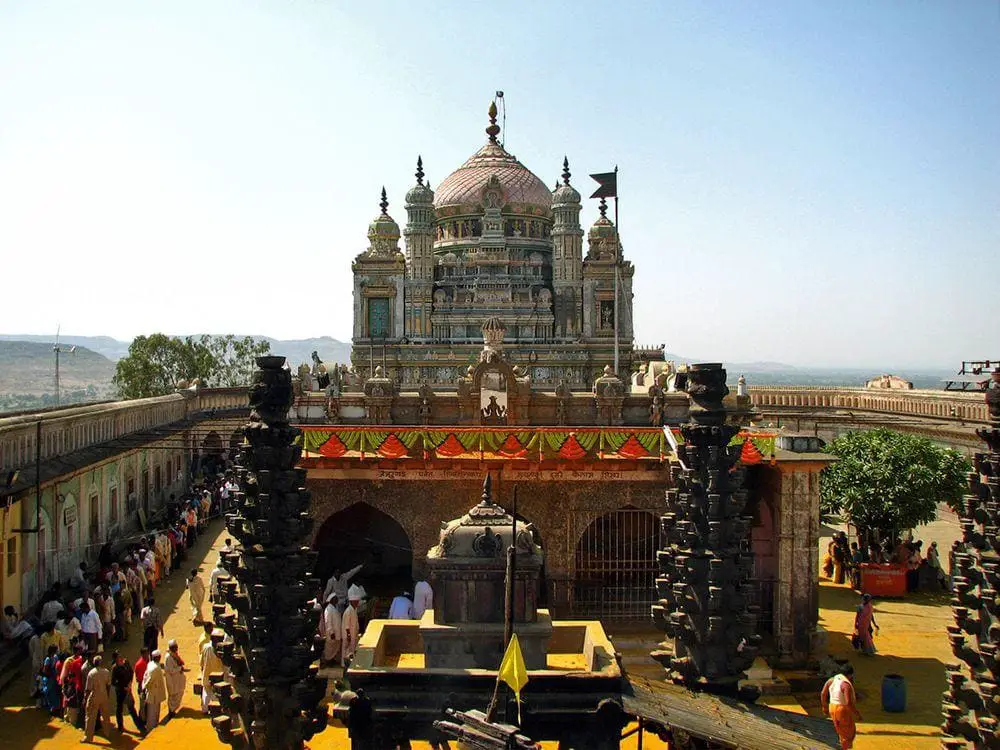
Bedse Caves
Two legendary Buddhist rock-cut cave temples. One cave is a chaitya – prayer hall, and another – vihara – monastery, created sometime around 60 BC.
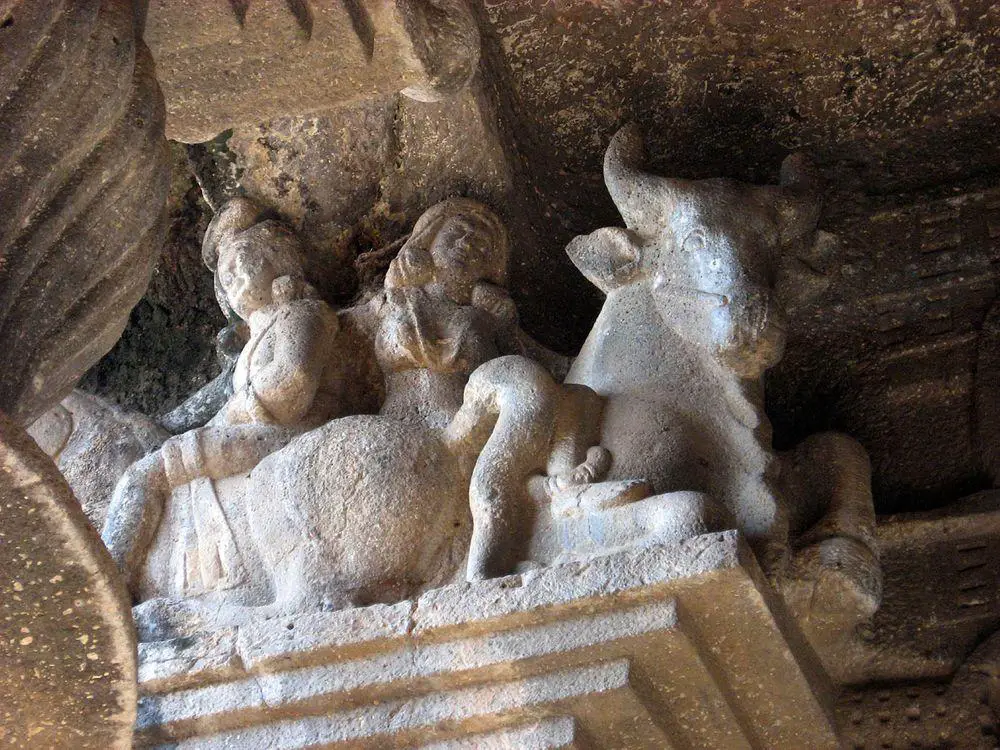
Kedareshwar Cave
Large cave with a Hindu temple in it. In the flooded hall from the water rises Shivlinga that once was surrounded by four pillars. Now only one remains and, according to legends, when the fourth will break, the world will come to an end.
Ratangad
Cliff – peak at the summit, with a "needle hole" (Ratangad Nedhe) – natural hole through it. The hole is some 3 m high and 10 m wide. A very old fortress has been built here – with the oldest structures up to 2,000 years old.
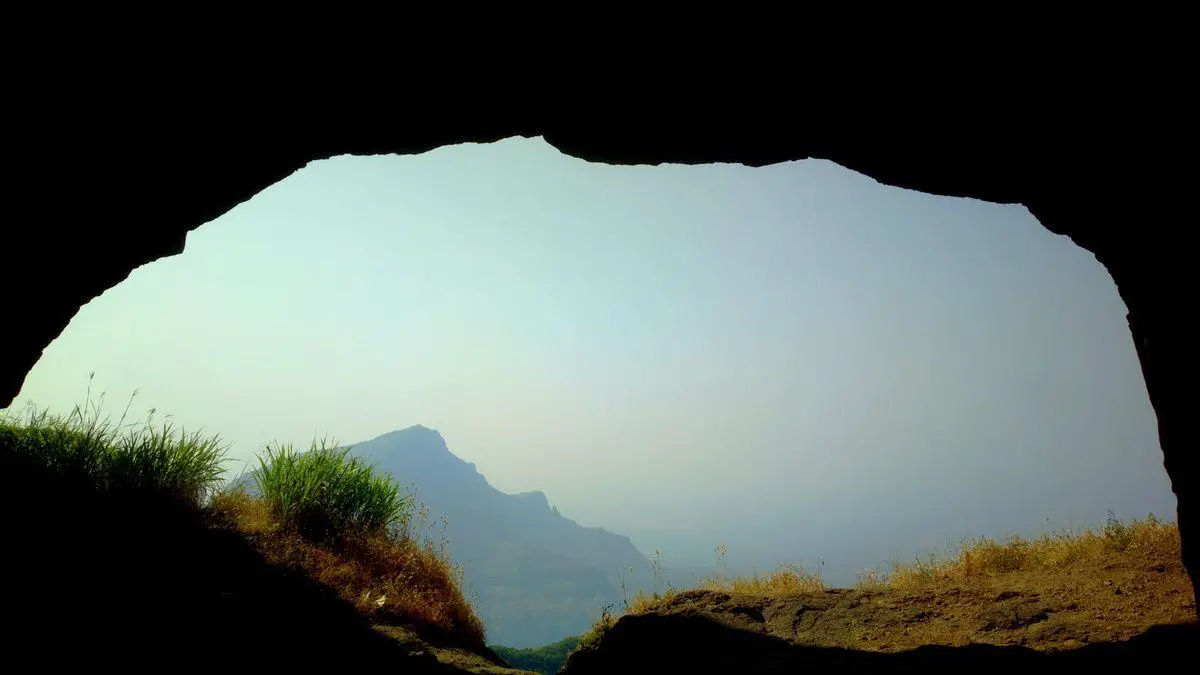
Kanheri Caves
Group of 109 Buddhist rock-cut cave temples in the outskirts of Mumbai, developed in the 1st century BC – 9th century AD.
Aurangabad Caves
12 rock-cut Buddhist temples from the 2nd – 7th century AD with some of the best sculptures of the classical Indian period.
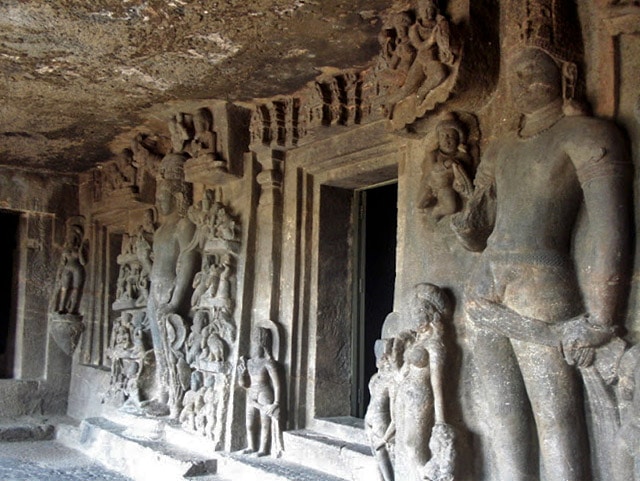
Pitalkhora Caves
14 ancient rock-cut Buddhist sanctuaries from around 250 BC. In the 4th century AD, it was revived and murals were added.
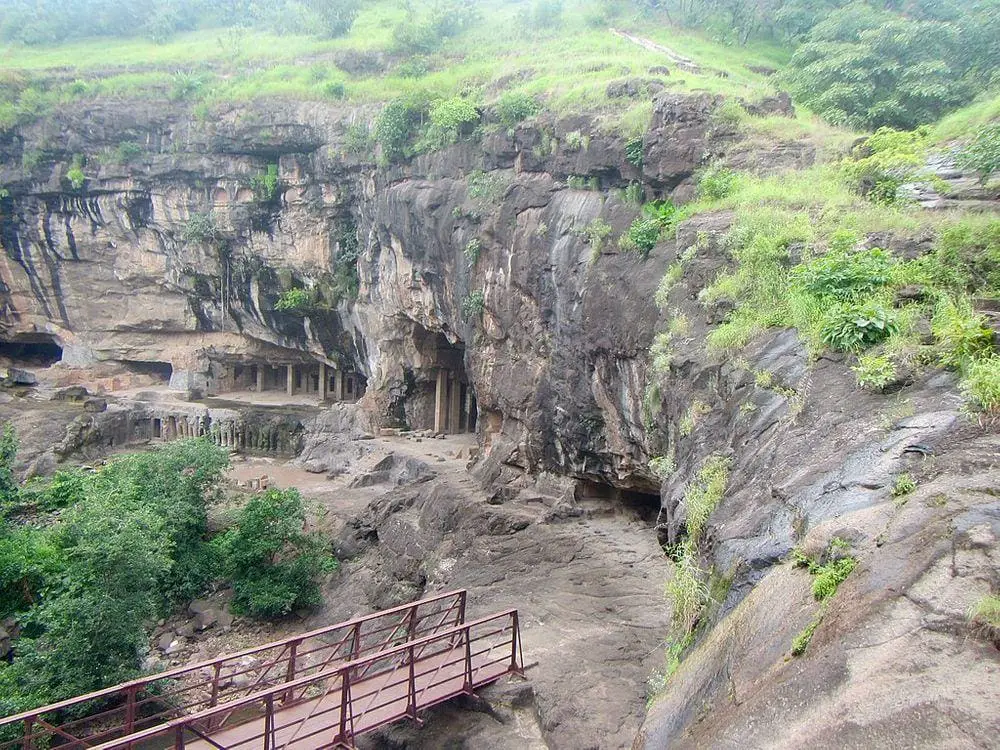
Tulja Lena, Junnar
A group of 11 rock-cut Buddhist temples. One of them was turned into a Hindu shrine. Made in the 1st – 3rd c. AD, one shrine contains paintings.
 Recommended books
Recommended books
Mumbai (Bombay) & Maharashtra – Blue Guide Chapter
Discerning on-site guide to the sights and monuments of Mumbai and its state, with additional information on Indian religions, history, and culture. This is a chapter from Blue Guide India: the best guide for the independent traveler to India’s art, architecture, and heritage. Superb maps, detailed practical information. Written by the BBC’s Sam Miller.
Western India: Karnataka, Bombay, Maharashtra
If you are fortunate enough to be traveling in India, and especially in the regions that he has already covered, then look no further. This is the one book you really need…

